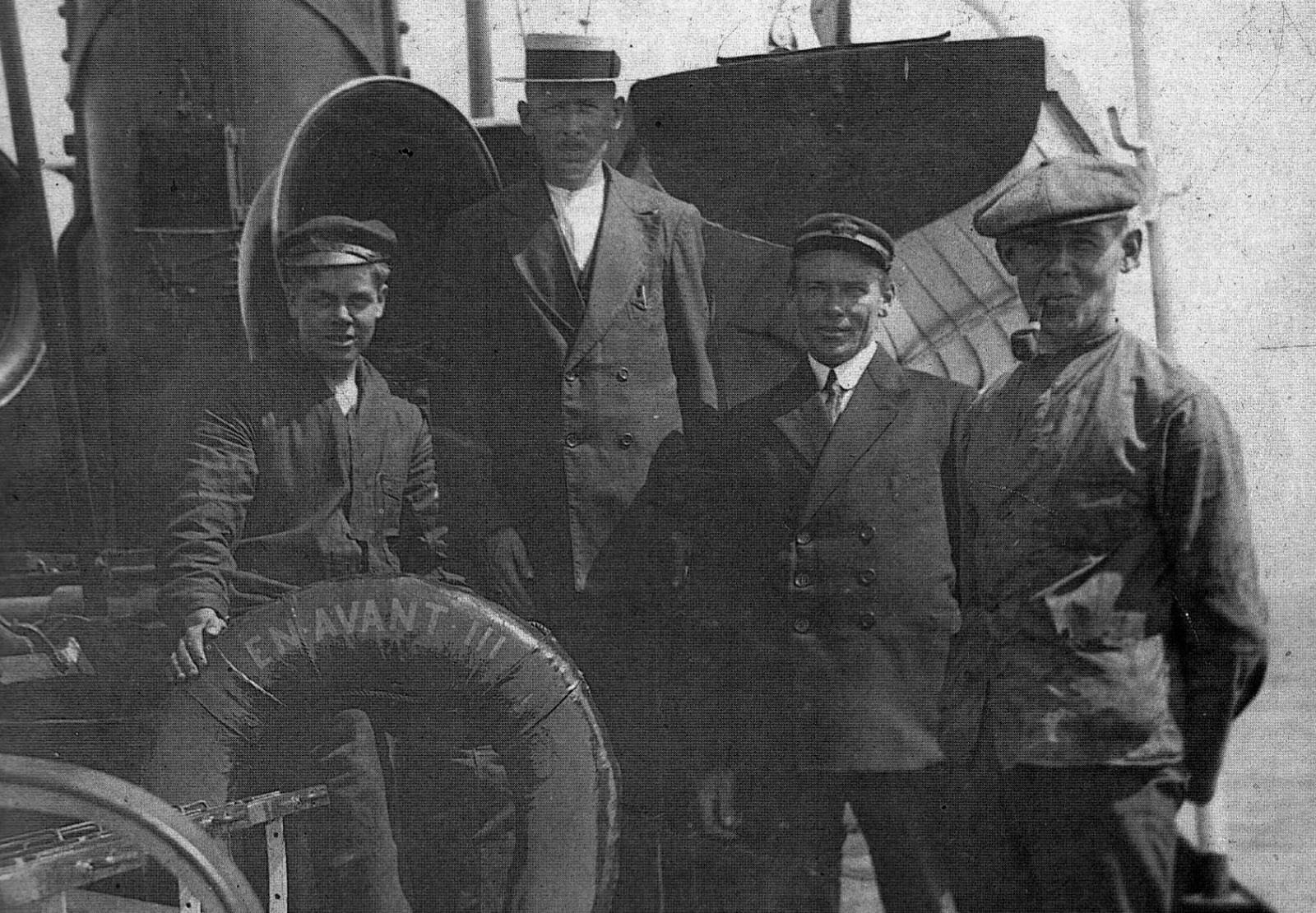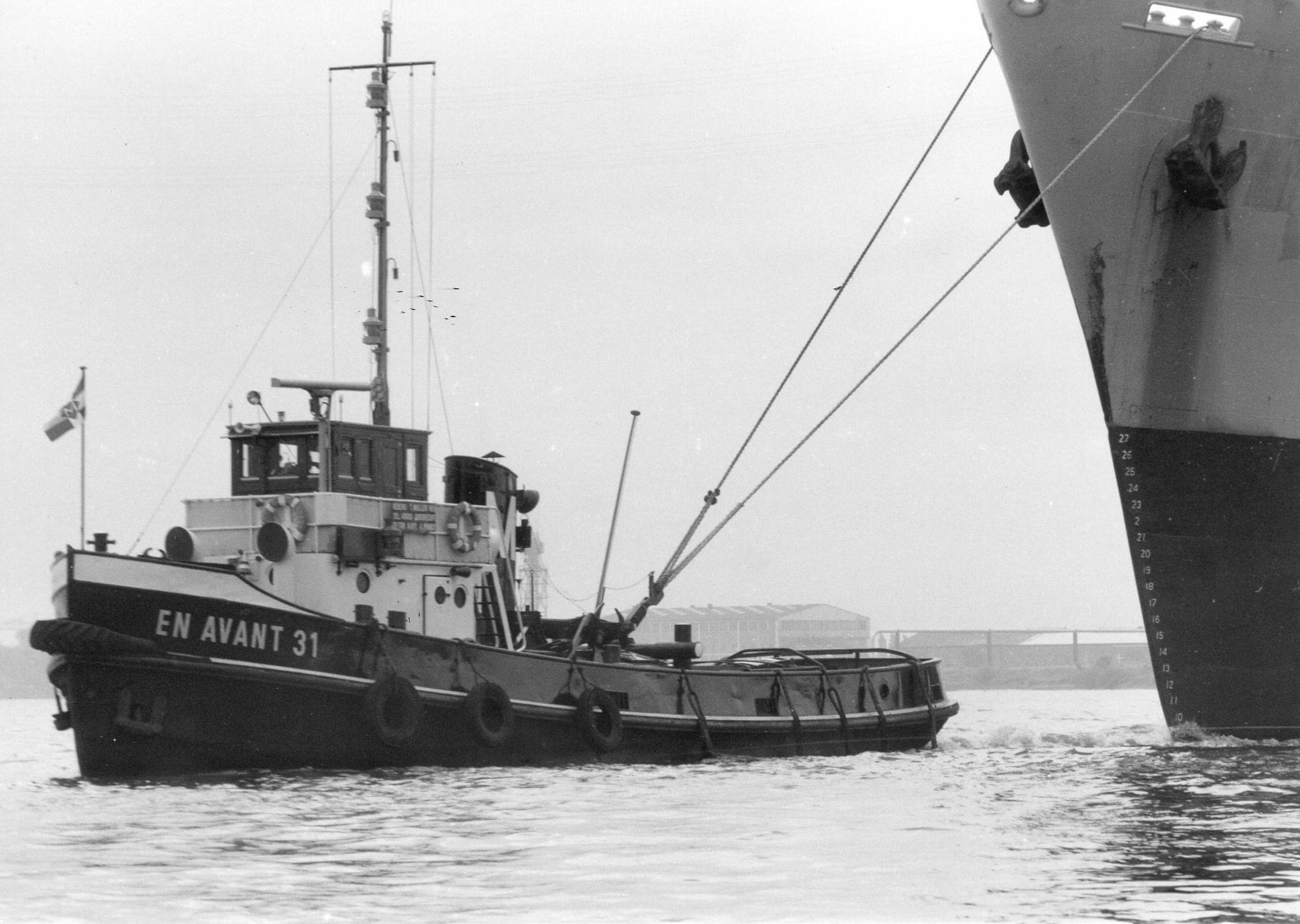Muller Dordrecht is a family owned business that stands for fellowship, craftsmanship, entrepreneurship and stewardship. We believe that our oceans, seas, lakes and rivers offer humanity a growing range of possibilities in terms of trade, food, energy and recreation. We provide maritime solutions to meet these opportunities, through port assistance, seagoing & offshore towage, heavy transport and related services.
Welcome in the world of Muller Dordrecht
Our Heritage
In the previous century, we revolutionised the tug and barge business with tailor-made solutions and dedicated crew. More than hundred years and many succesfull projects & towages later, those pillars are unchanged. Their importance is only growing with the need for increased sustainability and digitalisation. It is our aim to combine our proven know-how and dedication to serve the needs of our clients in the coming years.
Our Philosophy
In the world of towage and heavy transport we strive for the highest level of service. Our competitive spirit and our skilled and innovative employees combined with our family of specialized services are the ground base for growth.
Dedicated team
Muller Dordrecht, one team. Being a family company, with short communication lines, means we can be ready to help you out in no time, day and night.
Customer Focused
At Muller Dordrecht you get a one-stop-shop solution. From offer to invoice you will keep the same Muller contact-point to keep things simple. Leave us to it, we will get the job done.
Muller Dordrecht, one team!
Our Values
“PEOPLE MAKE THE DIFFERENCE”
We believe that towage & heavy transport is all about people. The success of our company depends on the people working for us. Their contribution, their added value to the organisation and their willingness to commit to our core values are all highly valued. Our culture, our conduct and our business approach are based on core values.
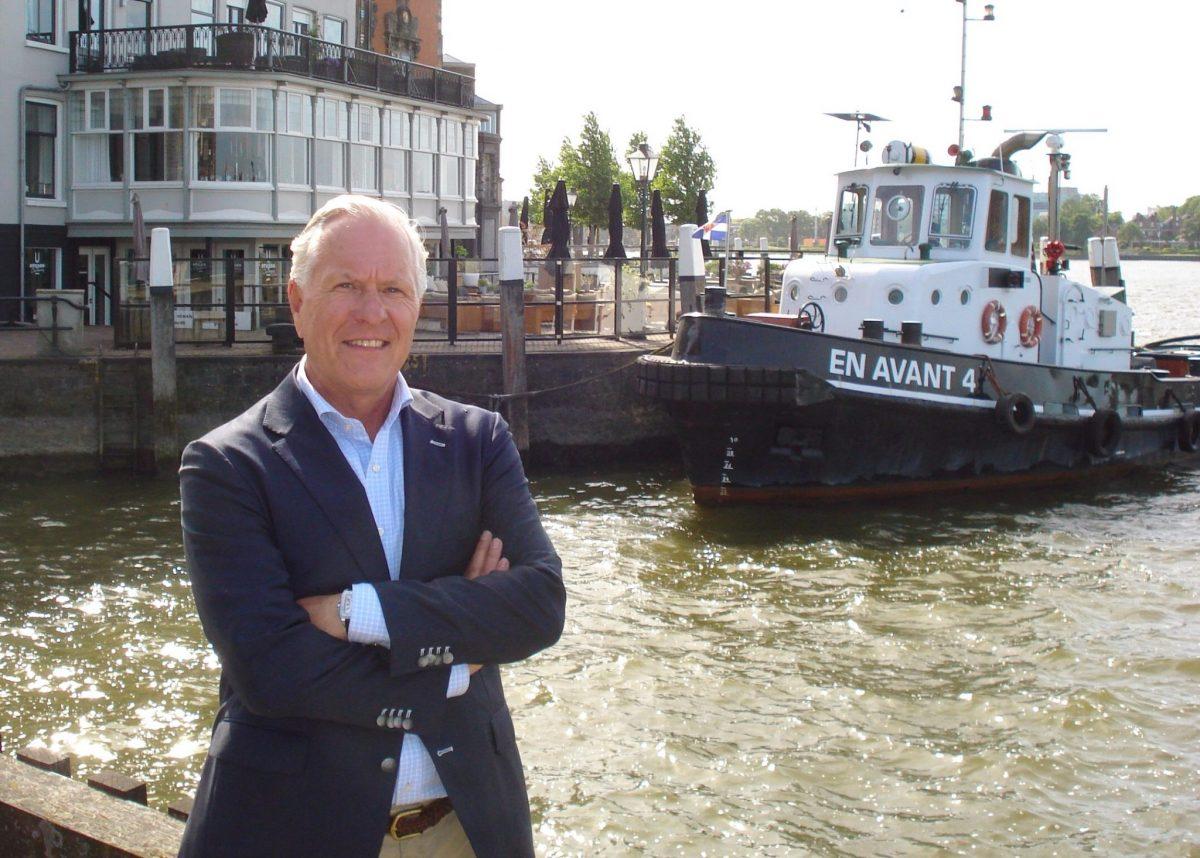

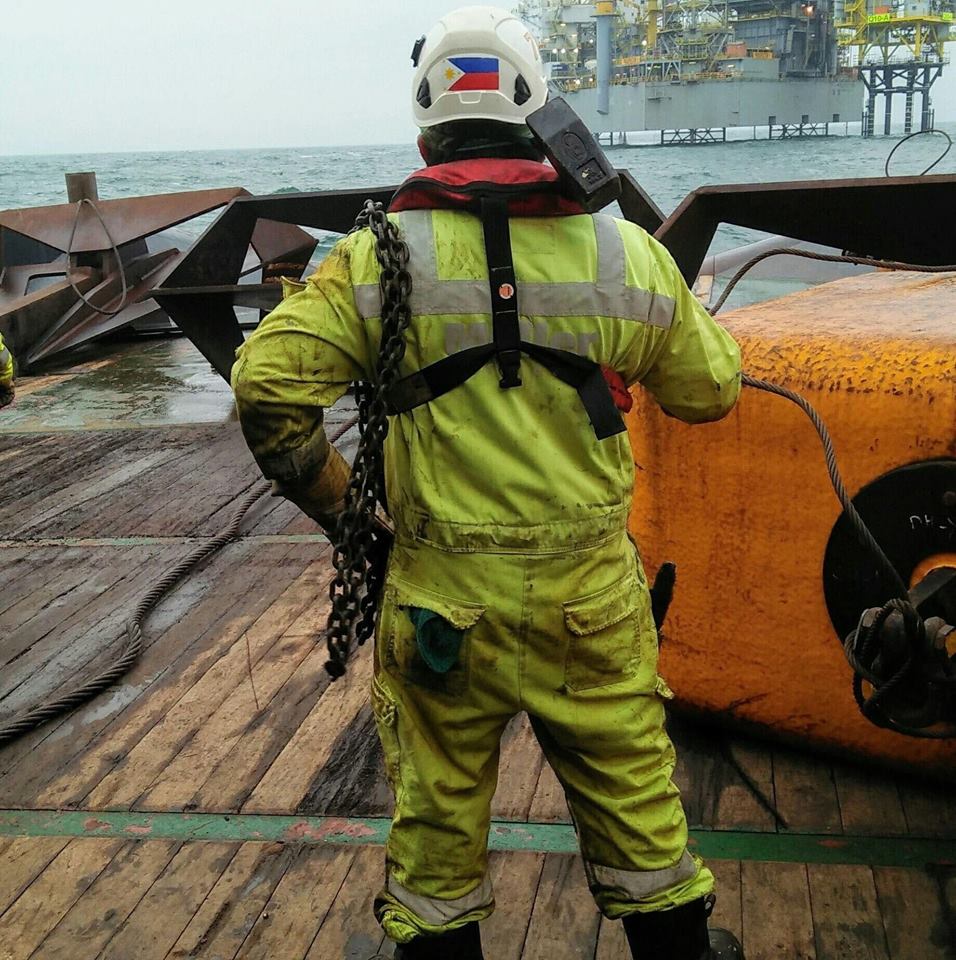
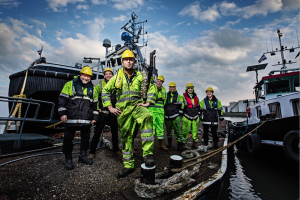
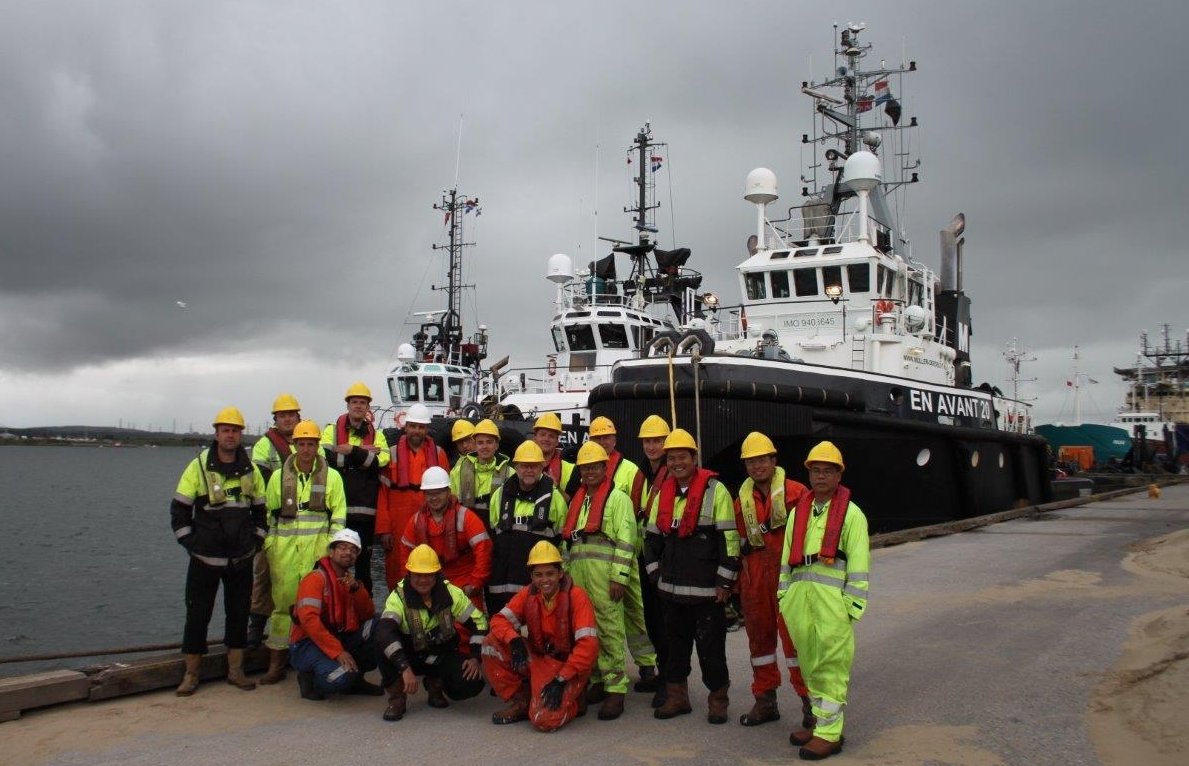
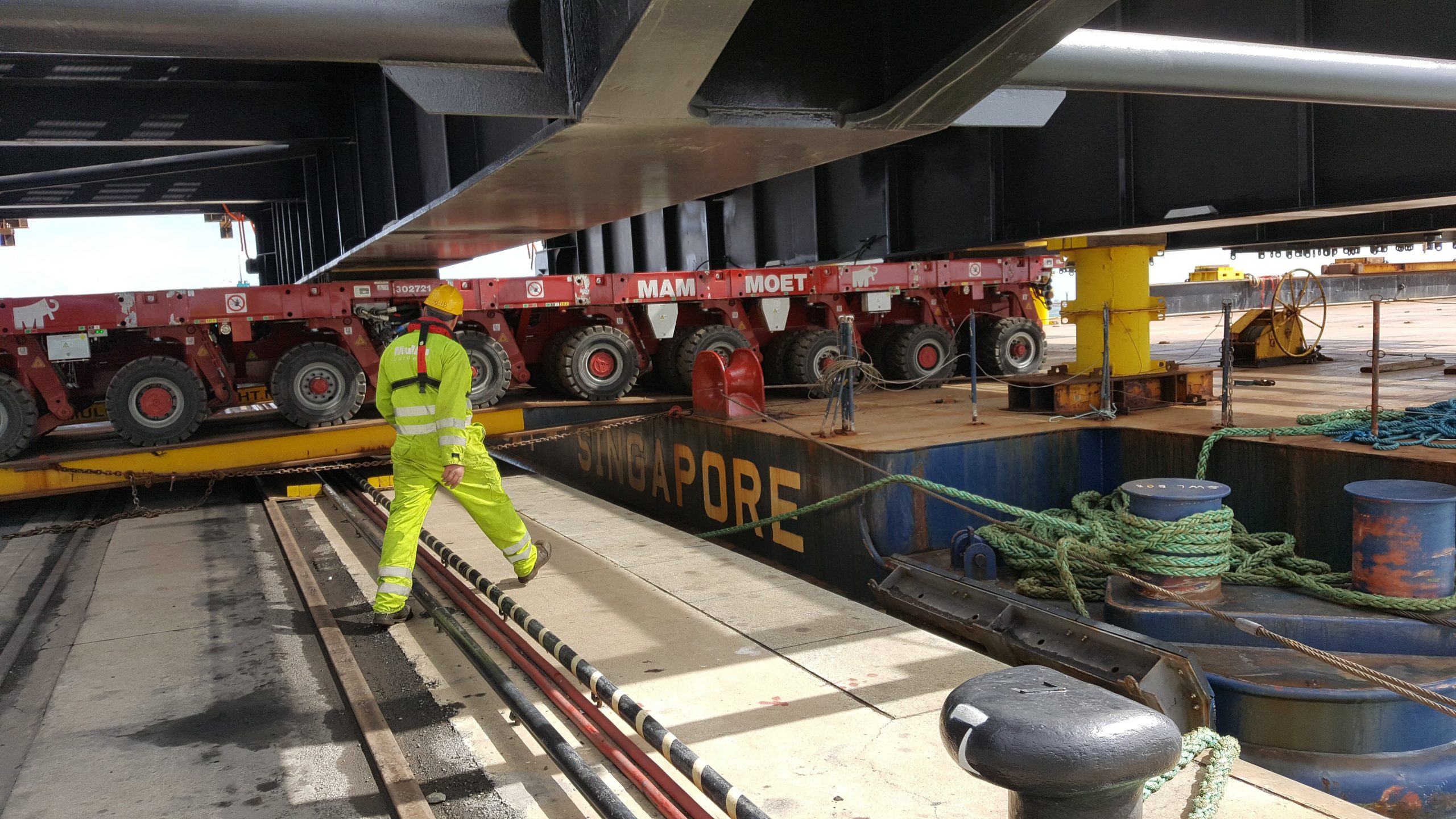
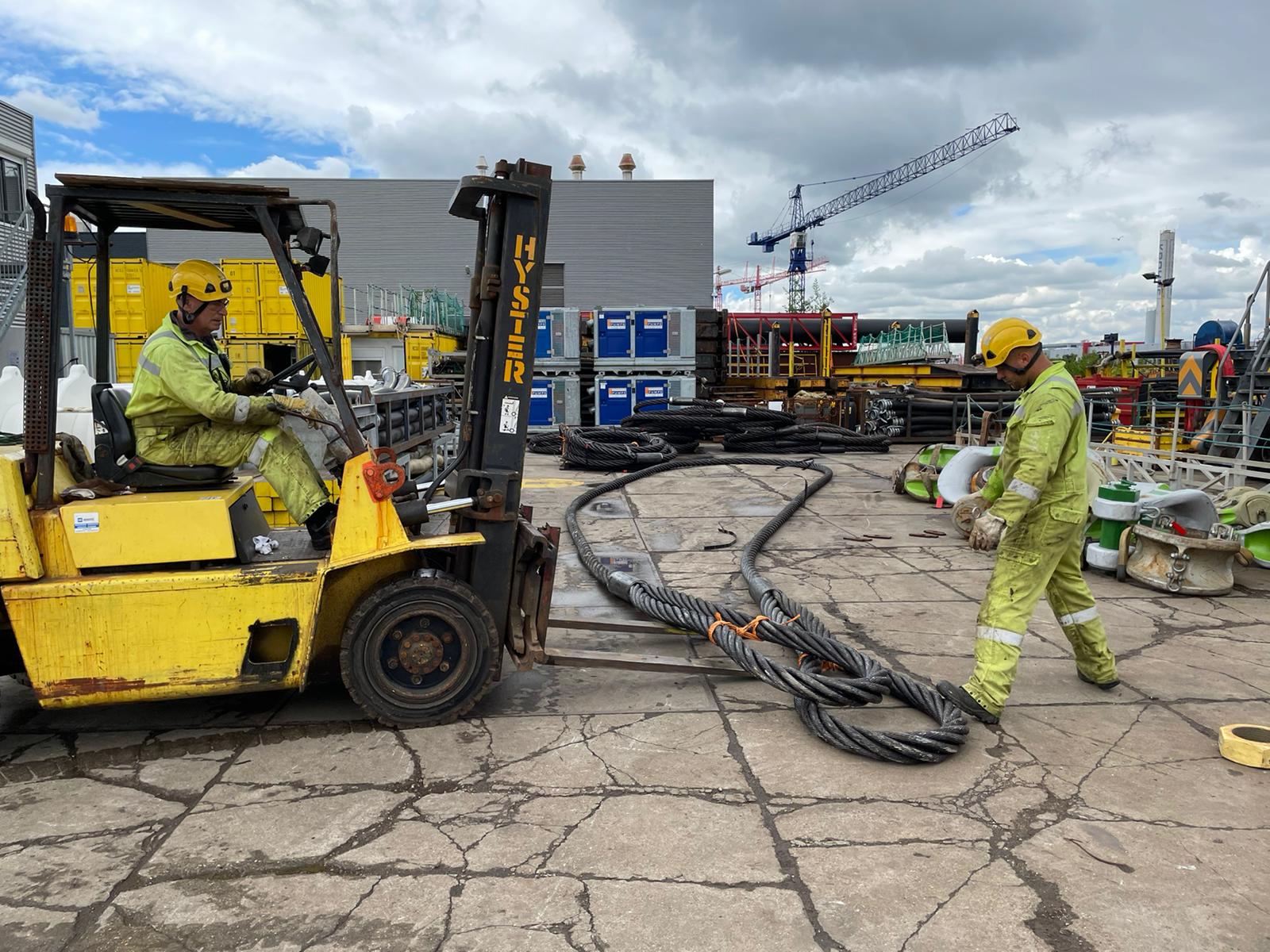



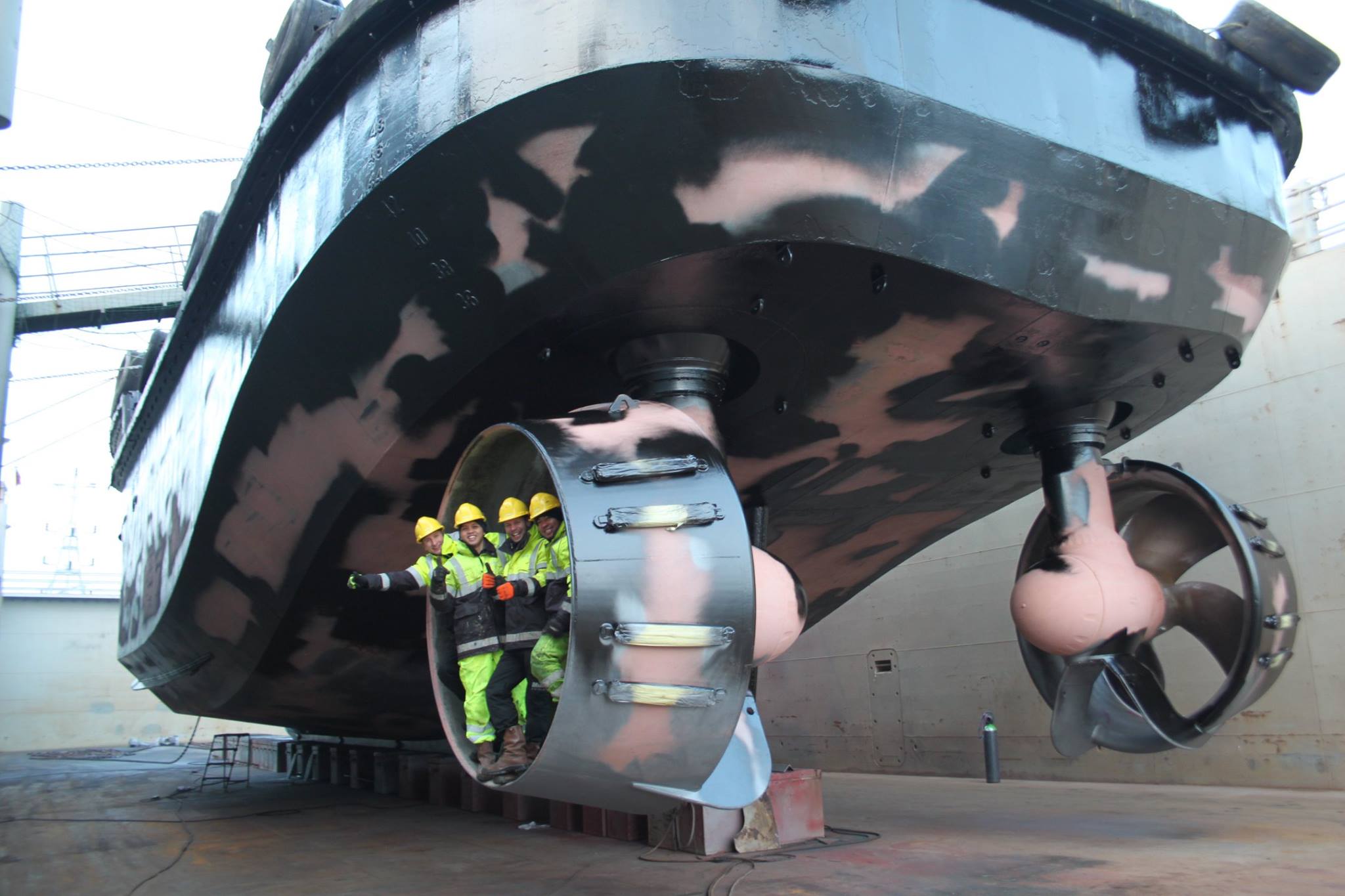
”Together with our tailor-made solutions, competitive spirit, our skilled and innovative employees we are ready for the future!
A.T. MullerCEO
Our Story
18th Century
The maritime journey started in 1779, when the Muller family became active in the shipping industry. Teunis Muller became skipper on the market ferry (beurtvaart) from Dordrecht to Zwijndrecht.
Founded in 1918
Teunis Muller (1894-1968) was working on the tugboat for his father Leendert Muller until half 1918. Together with his brother Jan Muller, Teun started to rent the tug EN AVANT III.
Rederij T. Muller BV, known as Sleepdienst “En Avant” at that time, was founded by Teun Muller in 1918. Later on in 1922 Teun continued the business on it’s own.
1918
Zuiderzee Works
In this period Muller became very active in the project called ‘Zuiderzee Works’ (Dutch: Zuiderzeewerken). This project is a man-made system of dams and dikes, land reclamation and water drainage work, in total the largest hydraulic engineering project undertaken by the Netherlands during the twentieth century. The project involved the damming of the Zuiderzee, a large, shallow inlet of the North Sea, and the reclamation of land in the newly enclosed water using polders. Its main purposes are to improve flood protection and create additional land for agriculture.
The American Society of Civil Engineers declared these works, together with the Delta Works in the South-West of the Netherlands, as among the Seven Wonders of the Modern World.
1927
Bridging The Gap
Muller became market specialist in transporting and commissioning (swimming-in) of several bridges after the Second World War (WWII). One of the important landmarks was the Moerdijk bridge, which had to be restored. By the use of barges and tugs, Muller succesfully sailed in the several bridgespans over the river. This job was picked up by by the national newspapers and resulted in many contracts with the national authorities and local steel company’s.
1946
Delta Works
In this period Muller became very active in the project called ‘The Delta Works’.
The Delta Works in the Netherlands is one of the most ambitious and impressive feats of civil engineering in the world. Designed to protect the southwestern part of the country from the devastating forces of the North Sea, this complex system of dams, sluices, locks, dikes, and storm surge barriers is a testament to human ingenuity and resilience.
1953
Move Into The Offshore Industry
Muller gets involved in the offshore oil & gas industry, which was becoming a fast growing market on the North Sea at that period. The towage experience within our company became a great value for the special towages of the offshore barges and major cargo moves within the regional ports and shallow draught places.

